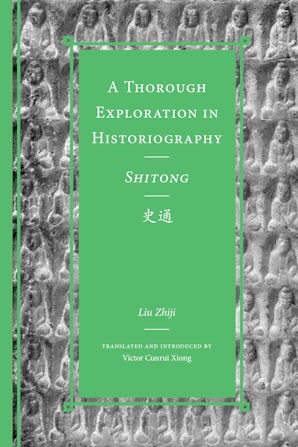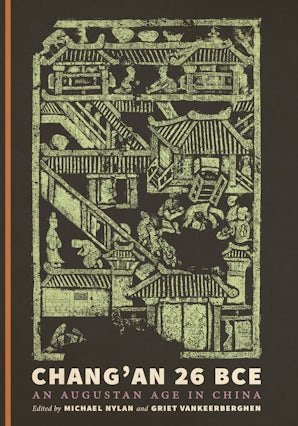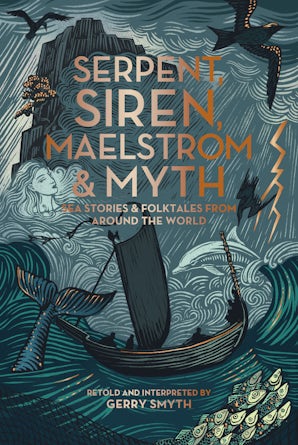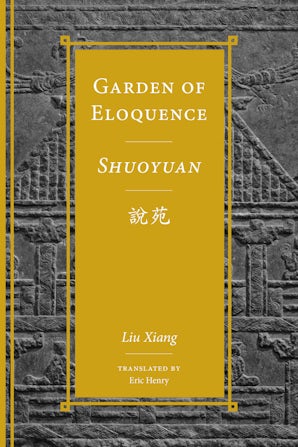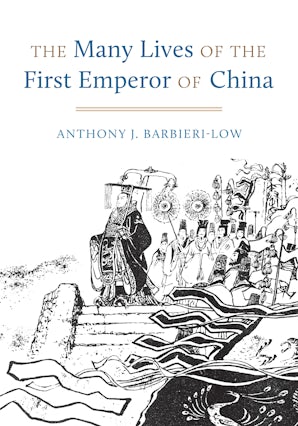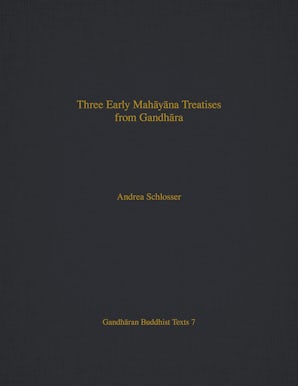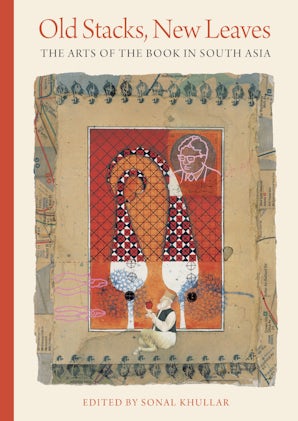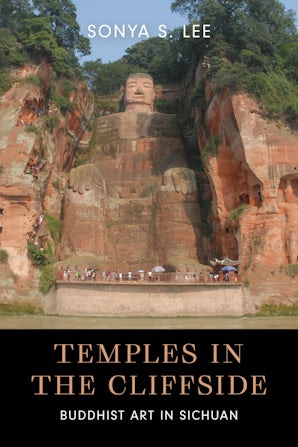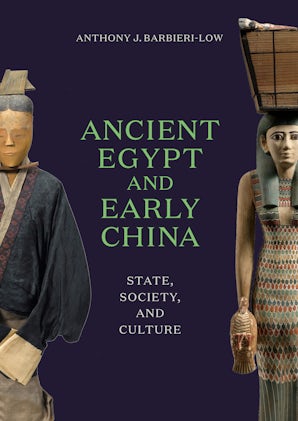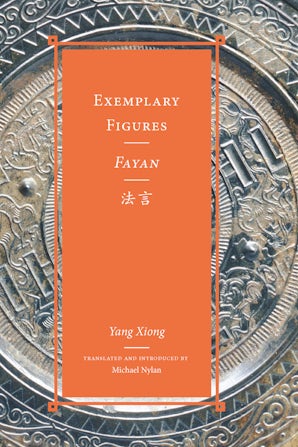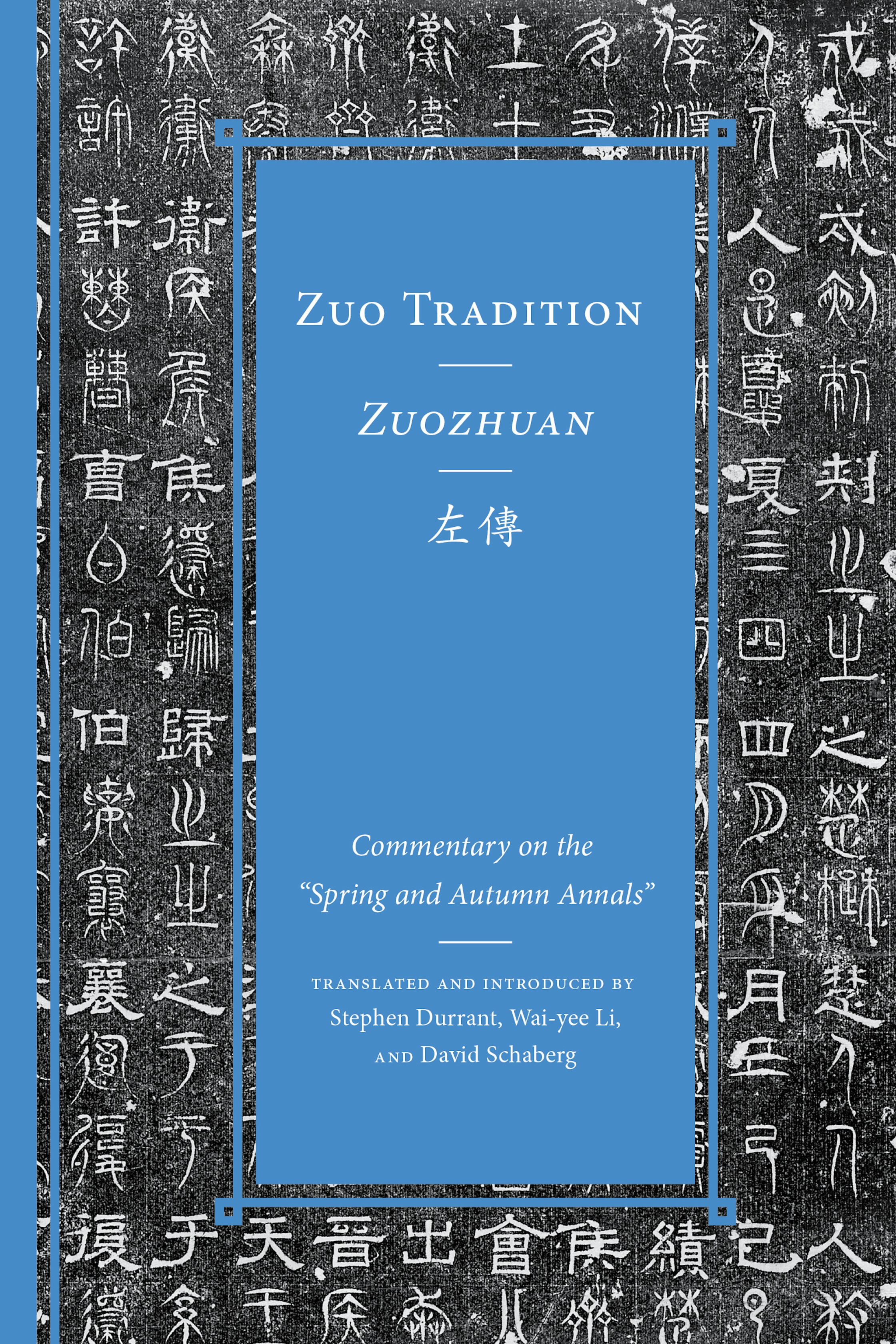
Zuo Tradition / Zuozhuan左傳
Commentary on the "Spring and Autumn Annals"
Translated by Stephen Durrant, Wai-yee Li and David Schaberg
Series edited by Andrew Plaks and Michael Nylan
- PUBLISHED: July 2016
- SUBJECT LISTING: Asian Studies / China, Literary Studies, History
- BIBLIOGRAPHIC INFORMATION: 2243 Pages, 6 x 9 in, 1 map
- SERIES: Classics of Chinese Thought
- ISBN: 9780295999159
- Publisher: University of Washington Press
Description
Winner of the Patrick D. Hanan Book Prize for Translation (China and Inner Asia), sponsored by the Association for Asian Studies
Zuo Tradition (Zuozhuan; sometimes called The Zuo Commentary) is China’s first great work of history. It consists of two interwoven texts - the Spring and Autumn Annals (Chunqiu, a terse annalistic record) and a vast web of narratives and speeches that add context and interpretation to the Annals. Completed by about 300 BCE, it is the longest and one of the most difficult texts surviving from pre-imperial times. It has been as important to the foundation and preservation of Chinese culture as the historical books of the Hebrew Bible have been to the Jewish and Christian traditions. It has shaped notions of history, justice, and the significance of human action in the Chinese tradition perhaps more so than any comparable work of Latin or Greek historiography has done to Western civilization. This translation, accompanied by the original text, an introduction, and annotations, will finally make Zuozhuan accessible to all.
Authors & Contributors
Stephen Durrant is professor of Chinese language and literature at the University of Oregon. He is the coauthor of The Siren and the Sage: Knowledge and Wisdom in Ancient Greece and China. Wai-yee Li is professor of Chinese literature at Harvard University. She is the author of The Readability of the Past in Early Chinese Historiography. David Schaberg is professor of Asian languages and culture at UCLA. He is the author of A Patterned Past: Form and Thought in Early Chinese Historiography.
Contents
Acknowledgments
Chronology of Dynasties
Reigns of Lords of the Domain of Lu
Map of the Major Domains and Peoples during the Spring and Autumn Period
Introduction
Chapter 1
On Reading and Anthologizing Zuozhuan
Chapter 2
Succession Struggles and Assassinations
Chapter 3
Women
Chapter 4
The Overlord: Chong'er, Lord Wen of Jin
Chapter 5
Warfare
Chapter 6
Ritual Propriety
Chapter 7
Temporal Order and the Arc of History
Chapter 8
Governance
Chapter 9
Law and Punishment
Chapter 10
The Tragedy of King Ling of Chu
Chapter 11
Two Famous Statesmen: Zichan and Yan Ying
Chapter 12
Diplomacy
Chapter 13
Confucius and His Disciples
Chapter 14
Dreams and Anomalies
Chapter 15
Cultural Others
Further Reading
Passage Index
Subject Index
Reviews
"It is impossible to do justice to this monumental publication in a brief review; let me merely emphasize that these renowned translators, working as a trio, amount to even more than the sum of their parts because their strengths are complementary. No single human being could have handled so many aspects of this text . . . which is compact but rooted in three lifetimes of learning and reflection."
- Paul R. Goldin"The three scholars who have joined forces to produce this new translation are. . . to be heartily congratulated. The resulting publication is. . . eminently readable, with bilingual text, helpfully divided into coherent sections, and annotation that provides necessary explanations without overwhelming the reader with minutiae. . . Naturally it is impossible to do justice to this monumental publication in a brief review; let me merely emphasize that these renowned translators, working as a trio, amount to even more than the sum of their parts because their strengths are complementary."
- Critical Inquiry"The translation team has successfully produced a work that is not only an English rendering but an accessible user manual for the Zuo Tradition...[T]his translation will at last allow the Zuo Tradition to take its proper place among the classics of world literature and ancient history."
- Journal of the American Oriental Society (JAOS)"This is a long-awaited monumental work that keeps what has been promised: It is a very well readable translation of the first major narrative history of China, one that for many years to come will replace the version that James Legge produced almost 150 years ago."
- Monumenta Serica"[A] precise, elegant—and, yes, reader-friendly—translation that brings out many nuances in the text that had heretofore been lost to the English reader. Zuo Tradition does not merely complement Legge’s translation but supersedes it. It will itself be the new “measuring rod” in Zuozhuan studies."
- The Journal of Chinese Literature and Culture"This is one of the greatest translations of the Chinese classical works into English."
- Asian and African Studies"[N]ow, at last, we have a convenient, bilingual, and helpfully annotated edition from which to study this immensely rich work…Some books are so physically beautiful and so eminently useful that one is sorely tempted to celebrate their publication instead of reviewing them. Zuo Tradition is one of these wonderful publications that literally everyone with any interest in traditional China will need to hurry to buy. The book is handsomely produced, lavishly bound, and it is the result of many, many years of intensive cooperation between three of the world’s leading scholars in the field…Thus this is not only a singularly beautiful printed object, it is also an authoritative translation if ever there was one, by the leading US scholars in the field. It seems bound to become a classic of sinology."
- Journal of Chinese Studies"The quality of this translation as well as the accompanying introduction and critical apparatus are a strong argument for the long overdue insight that solid translation work must no longer be relegated to a secondary position in academia but deserves the same recognition as primarily interpretive or systematizing studies. The students of early China and ancient history in general owe immense gratitude to Stephen Durrant, Wai-yee Li, and David Schaberg for this truly exemplary magnum opus."
- China Review International"It is to be hoped that the Zuozhuan Reader will whet the appetite of future students to explore the full world of the Zuozhuan when having read the starters presented here… the Reader-version will present a good starting-point for a new generation of scholars who will try to unravel the enigma of the Zuozhuan itself and to take scholarship concerning this first narrative history of ancient China to a level unreached so far."
- Monumenta SericaAdvance Praise
"Whether considered as a work of history or literature, Zuo Tradition is surely one of the masterpieces of world literature, and the translators and publisher are to be applauded for making it more accessible to readers everywhere in this handsome and readable new complete translation. The translation is crisp and lively, the introduction straightforward and informative, and the notes and indexes invariably helpful. In every respect, Zuo Tradition is a realization of Confucius's maxim 'Use words that are adequate to the intent; use ornamentation that is adequate to the words.'"
- Edward Louis Shaughnessy, University of Chicago"Zuozhuan has anchored the entire corpus of Chinese historical writing for the last two millennia. Its canonical status as the work of Confucius has given it enormous authority not just in determining how Chinese historians should record past events, but in shaping how the Chinese imagine that history itself unfolds. Now that we have this meticulously researched and carefully considered translation, this foundational text can finally take its place among the core classics of early historical writing worldwide."
- Timothy Brook, University of British Columbia"It would not be an exaggeration to say that with the publication of this new translation, Zuozhuan will become accessible to an incomparably larger audience, benefiting Western studies of ancient Chinese history, thought, and culture. . . . This translation will establish new professional standards for future translations in the field."
- Yuri Pines, author of Foundations of Confucian Thought: Intellectual Life in the Chunqiu Period"A milestone in the development of the fields of Chinese history, historiography, literature, and political thought. . . . For the very first time, this translation makes it possible to read the text continuously, to gain a comprehensive view of its rhetorical features, and to follow the inner patterns and structures of this highly complex text. . . . [It] will inspire entirely new lines of scholarly inquiry into the textual and historical world of ancient China."
- Martin Kern, Princeton University